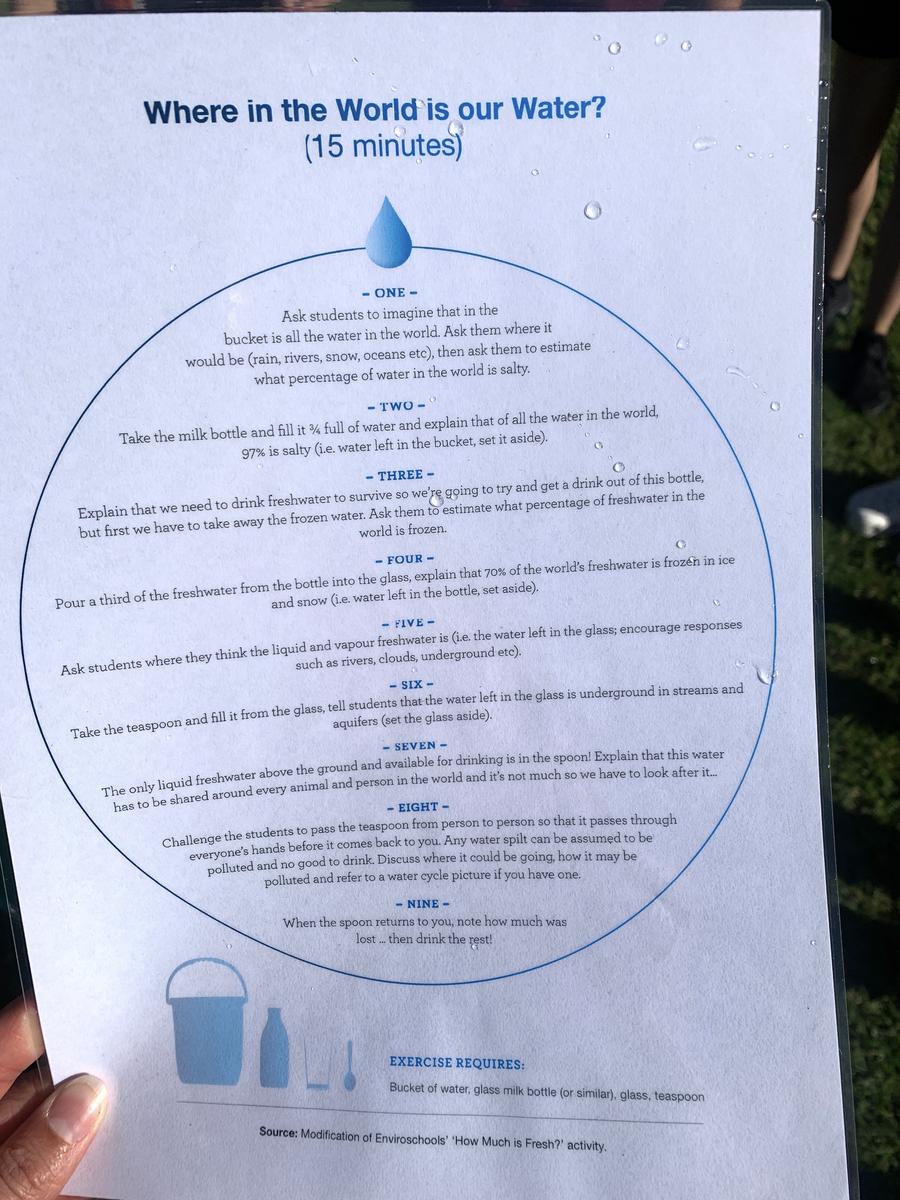Stream Research Photos:

On Monday, 11 of our bush school boys ventured out to Henderson Stream to evaluate the water quality and identify any macroinvertebrates in the stream. Natasha and Esteban from MPHS community trust lead this excursion.
We prepared for our mission by discussing why it is important to look after our freshwater stream and how little water humans and animals have available for drinking. Approximately 1% of the total amount of water in the world is drinkable. 97% is salty, and 2% is frozen.
Before we left, we looked at some samples of the creatures we might see and whether finding them would mean we have a healthy or unhealthy stream.
After morning tea, we walked to the entrance on Claret place and settled under the Totara tree next to the bridge.
We started off with a visual check of the stream, checking its coolness, clarity, cleanliness, current, and any visible creatures, and gave a score out of 25. The range of scores the boys gave was all around 20; this indicates that visually our stream looks healthy.
Then we took a couple of samples of water from the stream and began our investigations by testing the air and water temperature with a thermometer, testing the oxygen levels within the water, and checking the water clarity and the pH of the water. We worked together in pairs to record our findings.
Ryder and Esteban went to the stream with the nets hoping to catch a few of the creatures for us to identify. It took quite a while to see some of the tiny creatures, and some were hidden in bits of wood.
We found a swimming mayfly, a horsehair worm, an amphipod and isopod, a flat mayfly, a shrimp, and a wooded cased cassfly. We categorized the animals in the sample; this indicated that our stream is healthy.
Thank you so much, Natasha and Esteban, for your knowledge and guidance.






























